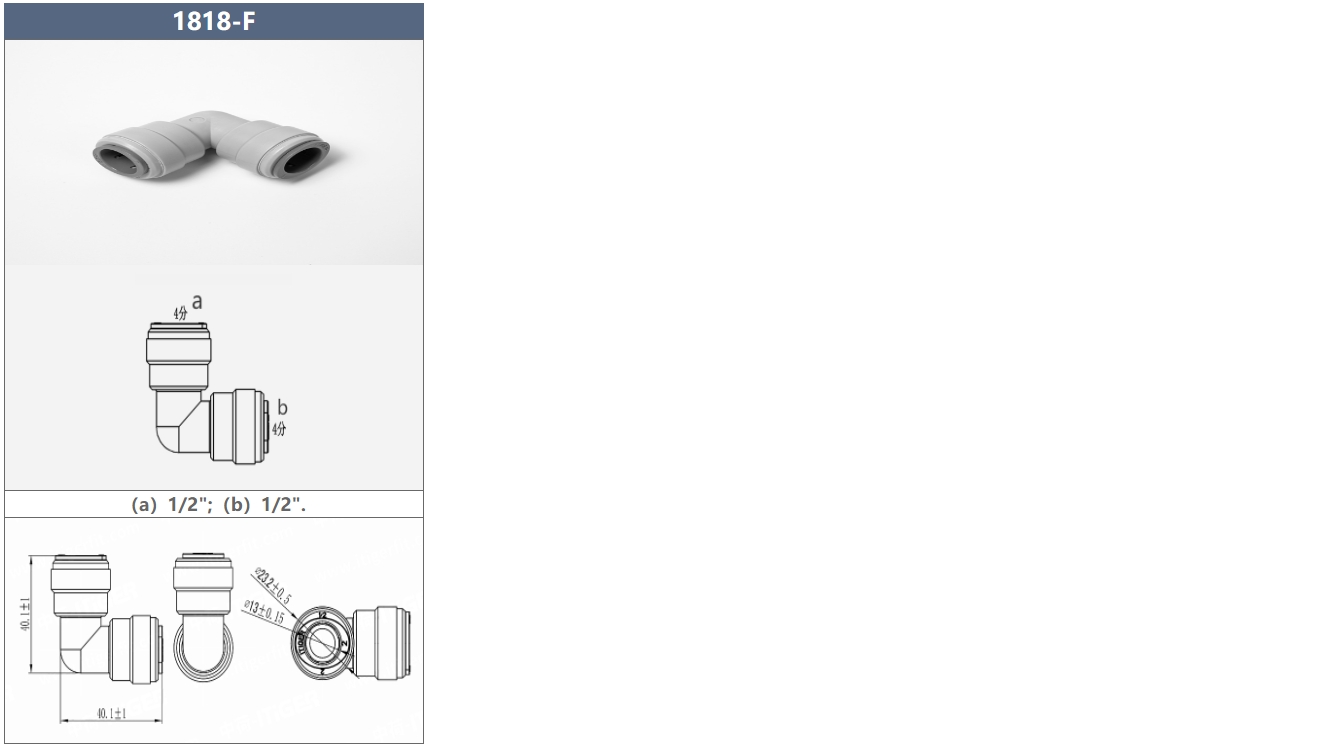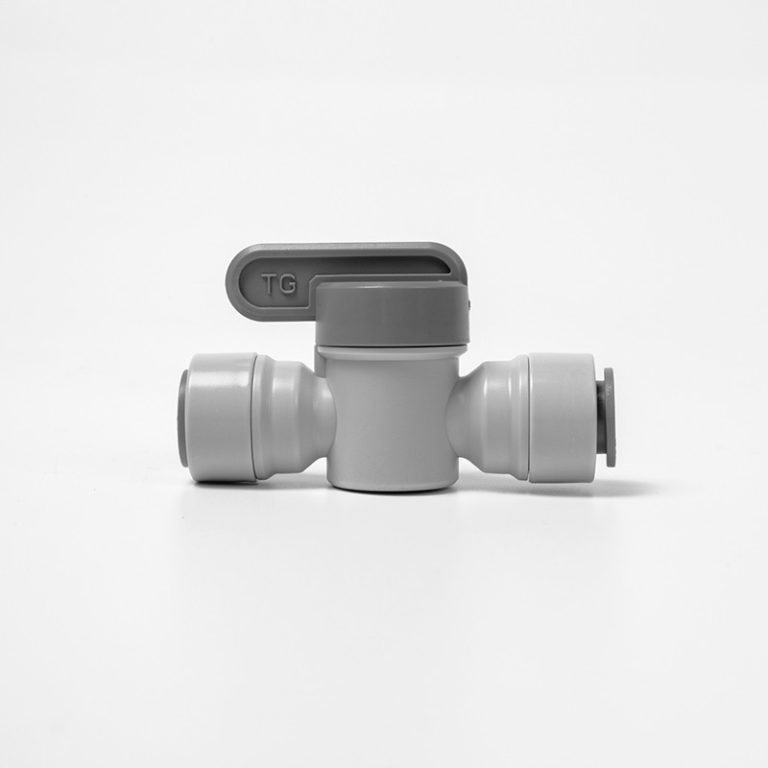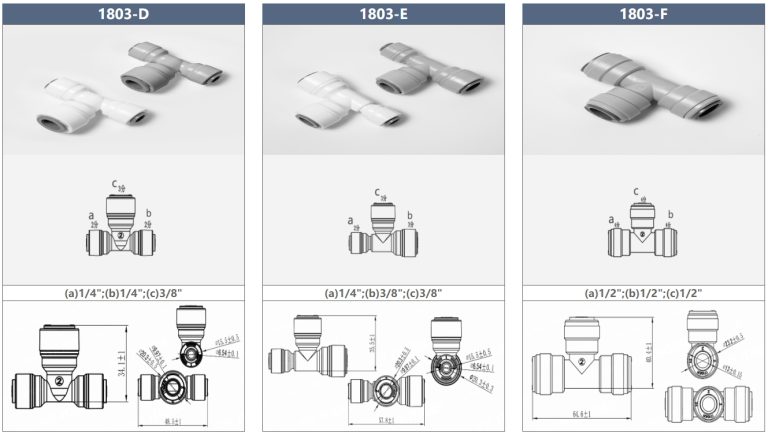“Easy installation, durable protection – PVC conduit pipes for all your electrical needs.”
Proper Tools and Materials Needed for Installing Electrical PVC Conduit Pipes
Installing electrical PVC conduit pipes is a crucial step in any electrical wiring project. These pipes provide protection for the wires and cables, ensuring they are safe from damage and environmental factors. To successfully install electrical PVC conduit pipes, it is essential to have the proper tools and materials on hand.
Before beginning the installation process, it is important to gather all the necessary tools and materials. The tools needed for installing electrical PVC conduit pipes include a hacksaw, PVC pipe cutter, tape measure, pencil, deburring tool, and a heat gun. Additionally, you will need PVC conduit pipes, PVC conduit fittings, PVC cement, and PVC conduit straps.
Once you have gathered all the necessary tools and materials, you can begin the installation process. Start by measuring and marking the locations where the conduit pipes will be installed. Use a tape measure and pencil to mark the spots where the pipes will be placed.
Next, use a hacksaw or PVC pipe cutter to cut the conduit pipes to the desired lengths. Make sure to cut the pipes accurately to ensure a proper fit. After cutting the pipes, use a deburring tool to remove any rough edges or burrs from the cut ends.
Once the pipes are cut and deburred, it is time to assemble the conduit system. Begin by dry-fitting the pipes and fittings together to ensure they fit properly. Once you are satisfied with the fit, disassemble the pipes and fittings and apply PVC cement to the ends of the pipes and inside the fittings.
After applying the PVC cement, quickly assemble the pipes and fittings together, making sure they are aligned correctly. Hold the pipes and fittings together for a few seconds to allow the cement to set. Repeat this process for each section of conduit pipe until the entire system is assembled.
To secure the conduit pipes in place, use PVC conduit straps to attach them to the wall or ceiling. Make sure to space the straps evenly along the length of the pipes to provide adequate support.

Finally, use a heat gun to bend the conduit pipes if necessary. Heating the pipes will make them more pliable, allowing you to bend them to fit around corners or obstacles. Be careful not to overheat the pipes, as this can cause them to deform or melt.
In conclusion, installing electrical PVC conduit pipes requires the proper tools and materials to ensure a successful installation. By following these steps and using the correct tools, you can safely and effectively install PVC conduit pipes for your electrical wiring project. Remember to measure and cut the pipes accurately, assemble them with PVC cement, secure them in place with conduit straps, and bend them with a heat gun if needed. With the right tools and materials, you can confidently install electrical PVC conduit pipes for your next project.
| Model | Tube(a) | Stem(b) |
|---|---|---|
| 1801-A | 1/4 | 1/4 |
| 1801-C | 1/4 | 3/9 |



